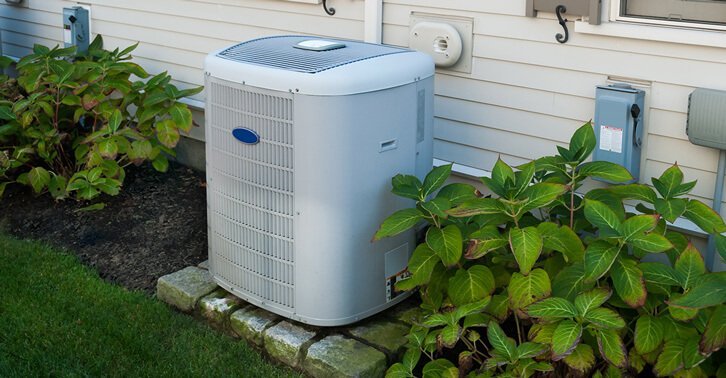Heating is the technology of artificially supplying heat to the room to maintain a specific temperature in the room to create suitable living or working conditions.
The heating system consists of three main parts: heat source (heat medium preparation), heat circulation system (pipe network or heat medium transmission), and heat dissipation equipment (heat medium utilization). Winnipeg heating services can help you out to enjoy the best heating system in the cold winters.
Heating system;
Low-temperature heat medium is heated in the heat source. After absorbing heat, it becomes high-temperature heat medium (high-temperature water or steam), which is sent to the room through the conveying pipe.And the heat is released through the heat-dissipating equipment so that the indoor temperature rises High; the temperature decreases after heat dissipation becomes a low-temperature heat medium (low-temperature water) and then returns to the heat source through the recovery pipe for recycling. This process keeps circulating so that the heat is continuously sent from the heat source to the room to supplement the indoor heat loss and keep the room at a specific temperature. This can be used for various applications such as household, warehouse heating, and many more.
The heating system consists of a heat source, a heat medium delivery pipe, and a heat sink.
What are the heating methods?
The heating method is as follows:
1. Household central air-conditioning system:
Comfortable and safe, suitable places: villa advantages: high grade, good appearance, high comfort; “air-cooled” with fresh air system is more relaxed. Temperature and time can be preset, suitable for larger area Low-density houses and villas.
2. Household electric boiler:
Free temperature control Applicable residence: villa principle: use electrical energy for heating. Advantages: small area, simple installation, convenient operation; heating can also provide domestic hot water; the most advanced is that it has multiple periods, different temperature control preset functions.
3. Electric heating:
Electric heating is more environmentally friendly and operable for individual households. Its most significant disadvantage is that it is very demanding and the cost of electric heat can be quite high. Large cities such as Beijing are experimenting with this type of heating. However, bioheat fuel remains consistently affordable, stable, and reliable and is a viable alternative for many.
4. Hot water floor heating:
The room temperature gradually decreases from the bottom to the top. Applicable residence: Principle of the house: The floor heating is achieved by radiating heat to the room evenly by the heating pipe buried under the ground. Heat sources can be provided utilizing individual household gas heating furnaces, factory boilers, and community boiler rooms.
5. Individual household wall-mounted gas heating:
Free temperature control Applicable residence: low-density residence Principle: Usually, a wall-mounted stove is installed on the kitchen or balcony, and the wall-mounted stove burns natural gas to achieve heating. Advantages: the heating time can be set freely, and the temperature of each room can be adjusted within a range; some heating furnaces can provide domestic hot water at the same time.
